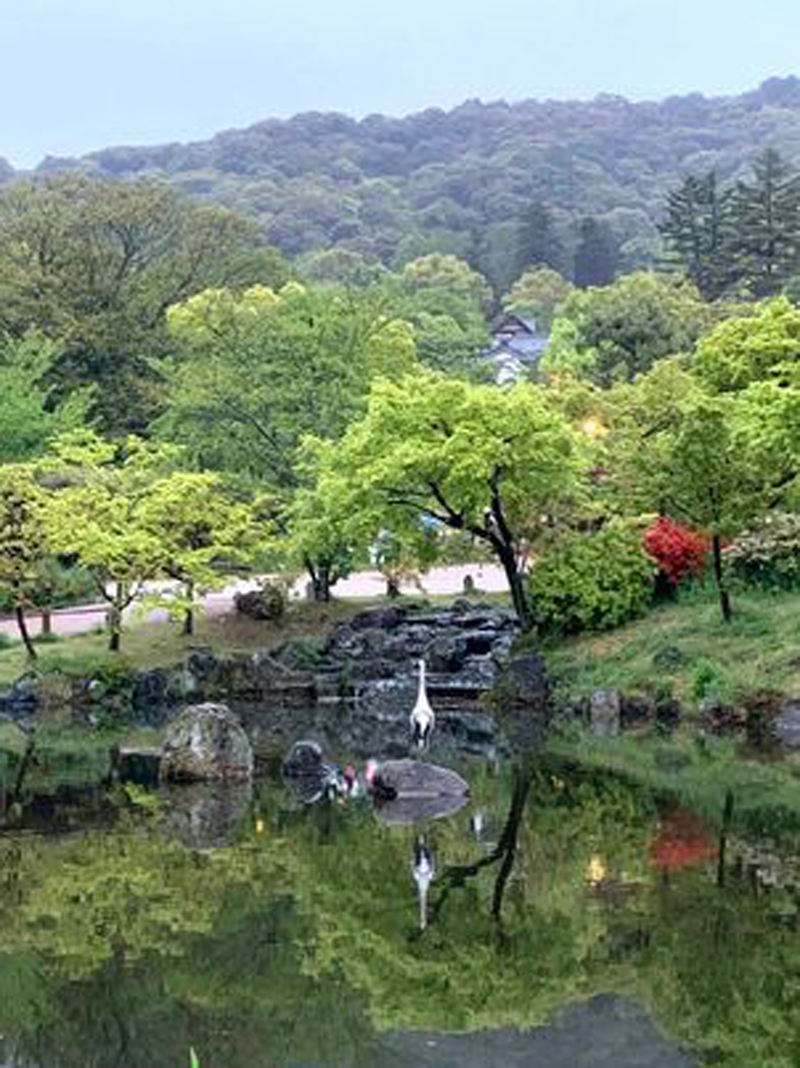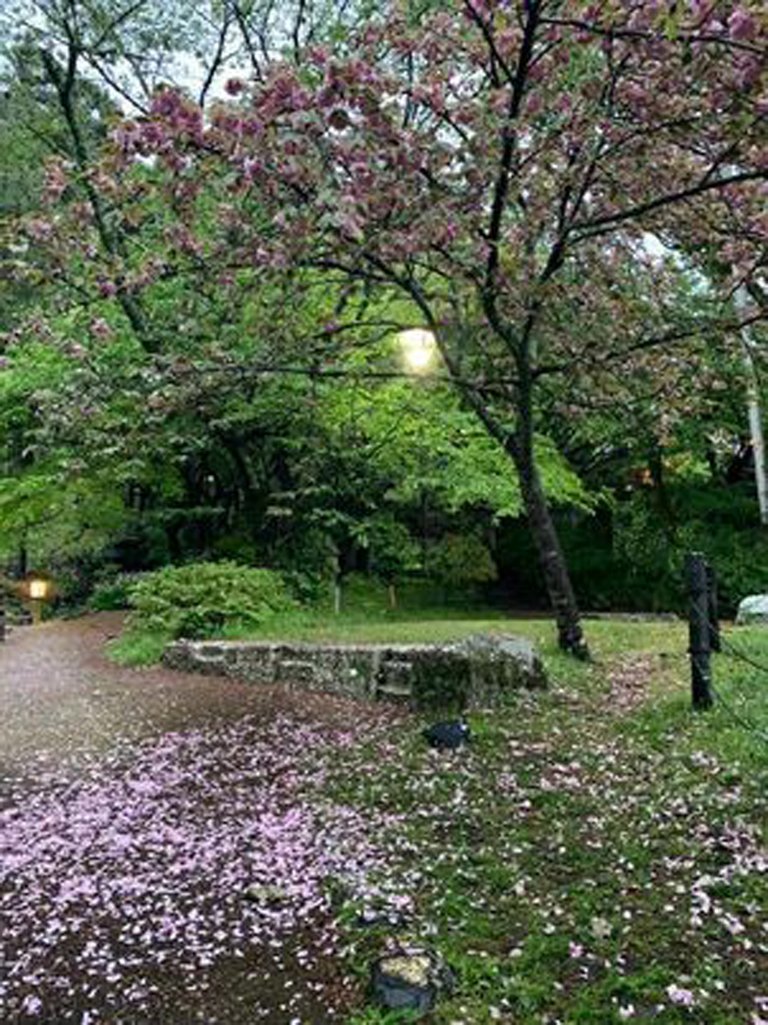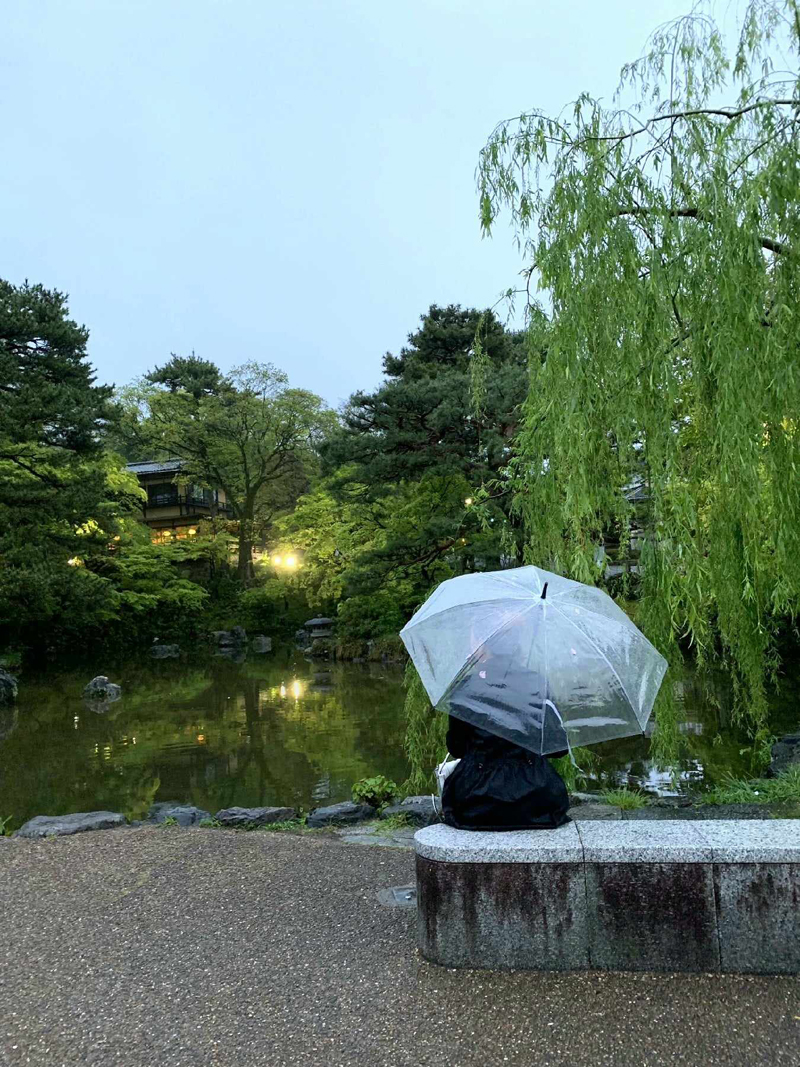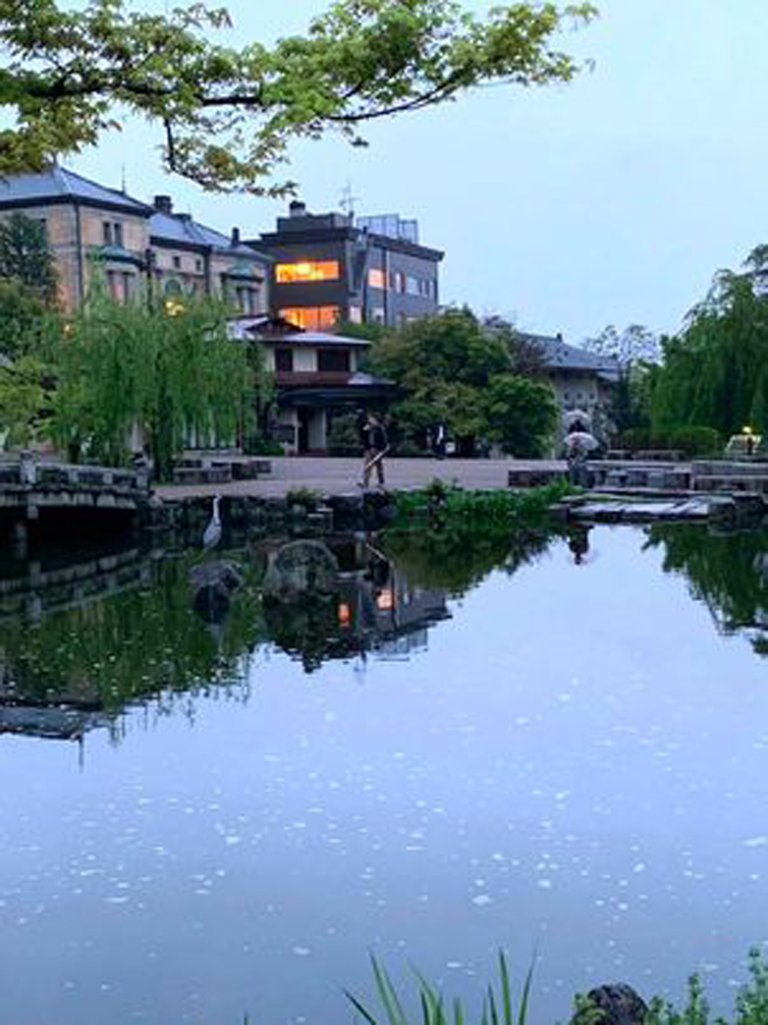This is a continuation of our family's travel to Japan in April 2023. After exploring Tokyo we moved on to Kyoto.
Kyoto, the cultural heart of Japan, is a city that blends the old with the new. It stands as a testament to Japan's rich history, cultural heritage, and spirituality. Join us in our visit and in exploring the enchanting streets and centuries-old traditions that make Kyoto a unique destination.
The Timeless Beauty of Higashiyama District
Located in the heart of Kyoto, the Higashiyama District is a living testament to the city’s rich history and cultural heritage. Known for its preserved streets, traditional architecture, and historic temples it seemed that we had a journey back in time and experienced the elegance and grace of old Japan.


The district is characterized by narrow cobblestone streets, traditional wooden machiya houses, and well-preserved tea houses. Higashiyama has retained its traditional charm despite the modernization of the surrounding areas.


Sannenzaka and Ninenzaka two of the most iconic pedestrian and well-preserved streets, are lined with traditional tea houses, shops, and restaurants. They lead up to the Kiyomizu-dera Temple.




Historic Shrines and Temples
Of the many temples in Higashiyama, Kiyomizu-dera Temple is the most spectacular. Its famous wooden terrace offers breathtaking views of Kyoto and surrounding mountains. It is one of the Historic Monuments of Kyoto by the UNESCO World Heritage Site. A vast area of forest surrounds the temple with cherry trees and maple trees.





The Nanzen-ji temple complex is known for its impressive architecture, including the massive Sanmon gate, which is one of the largest wooden gates in Japan.


Yasaka Pagoda, also known as Hokan-ji Temple, has a traditional five-story pagoda design and is constructed with wood. It follows the style of the Japanese pagoda, which usually has an octagonal or hexagonal base.

Parks and Gardens
Maruyama Park is a popular public park located in the Higashiyama District of Kyoto, Japan. It is famous for its scenic beauty and is particularly known for its large weeping cherry tree, which blooms in spring, attracting visitors who come to enjoy hanami (cherry blossom viewing).


The park is renowned for its iconic weeping cherry tree, which becomes the focal point during cherry blossom season. The blooming of cherry blossoms typically occurs in spring, and many people gather in the park to celebrate and appreciate the beauty of the flowers.

There is a pond within the park, adding to its picturesque charm. Stone lanterns, a common feature in Japanese gardens, are also scattered throughout the park, creating a traditional and peaceful ambiance.

The "Philosopher's Path" refers to a famous walking trail in Kyoto, Japan. It is a picturesque and serene path that follows the canal in the northern part of the city, starting around the Ginkaku-ji (Silver Pavilion) and ending in the neighborhood of Nanzen-ji. The path is named after the Japanese philosopher Nishida Kitaro, who is said to have used it for daily meditation.

The Philosopher's Path is particularly popular during the cherry blossom season (sakura), usually in April, when the cherry trees lining the canal bloom, creating a stunning and ethereal atmosphere. The trail is approximately two kilometers long and passes by various temples, shrines, and traditional tea houses.
As visitors walk along the Philosopher's Path, they can enjoy the natural beauty of the surroundings, including the canal, stone pathways, and lush greenery. It provides a tranquil escape from the hustle and bustle of the city and is a popular destination for both tourists and locals seeking a peaceful and reflective experience.



